Palmetto Bluff Real Estate Company Sales Office
Office Hours
Monday-Friday 9am - 5pm
Saturday 9am - 4pm
Sunday 12 - 4pm
Saturday 9am - 4pm
Sunday 12 - 4pm
When Clay Ross came to Charleston from the suburbs of Anderson, South Carolina, he arrived with a perspective forged by a white-picket fence upbringing. He had come to the Holy City to pursue music, even if his own tastes only ran as deep as basic cable allowed.
“I played a lot of Nirvana, Metallica and Guns ‘n’ Roses,” he remembers. “All the hit songs I heard on MTV.”
That all changed when he walked into a Charleston cafe and heard the siren song of jazz, filtered through the spiritual-scented folk songs of the Lowcountry. Performing that night were Quentin E. Baxter and Kevin Hamilton, two musicians who would ultimately change the trajectory of Ross’ life.
“I bugged these guys relentlessly to play with me,” he says. “They were very kind, took me under their wing, and taught me everything I knew about music.”
The lessons went far beyond minor chords and major scales. As native Gullah, Baxter and Hamilton taught Ross all about context—the roots and meaning of music.
“You listen to the Mississippi blues, and you can see how Gullah culture and influence migrated across the Southern states and became something a little bit different,” he explains. “This music has inspired, influenced, and informed so many styles that we love—from jazz to hip to rock and roll. I refer to myself as a disciple of Gullah music.”
This appreciation for how the music of the Lowcountry has changed the world changed everything for Ross. In 2016, he formed roots music group Ranky Tanky along with Baxter on drums, Hamilton on bass, Charlton Singleton on trumpet, and vocalist Quiana Parler. Their jazz-flavored take on Gullah spirituals, not to mention their authenticity (Baxter, Hamilton, and Singleton are all native Gullah), quickly set them apart in the industry. They won their first Grammy in 2019, followed by another win in 2022.
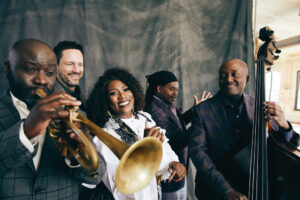
“The African diaspora has been such a huge part of the music that I love and American music in general,” Ross says. “If you follow that thread, you follow it to the source of this incredible music. I’m very lucky to have spent a lot of time traveling and making music.”
And travel he has. With the support of the U.S. State department, Ross has traveled the world as a sort of ambassador of American music, from Senegal and Ghana to Kosovo and China. His latest project is another roots-focused band, American Patchwork Quartet. If Ranky Tanky is a love letter to the Gullah influence in American music, American Patchwork Quartet showcases how immigrants have made their irrevocable mark on our soundscape.
In addition to Ross’ southern influence is the Detroit church stylings of drummer Clarence Penn, Japanese-born bassist Yasushi Nakamura, and Indian vocalist Falguni Shah.
 “We played the Grand Ole Opry last June, and we believe that we may have brought the first Indian vocalist to the Opry. They wouldn’t confirm or deny that, though. They just said, “Our records are incomplete,” he told the crowd gathered to hear him play at Palmetto Bluff’s May River Chapel in Wilson Village. “Our goal is to bring diversity and representation to American roots music, and to be invited to the mother church of country music in Nashville was tremendous.”
“We played the Grand Ole Opry last June, and we believe that we may have brought the first Indian vocalist to the Opry. They wouldn’t confirm or deny that, though. They just said, “Our records are incomplete,” he told the crowd gathered to hear him play at Palmetto Bluff’s May River Chapel in Wilson Village. “Our goal is to bring diversity and representation to American roots music, and to be invited to the mother church of country music in Nashville was tremendous.”
The day after his performance, Ross led a songwriting workshop at Somerset Chapel to give further insight into his process. Several aspiring songwriters joined in an hours-long roundtable to discuss big picture philosophy but also to dig into the practical, hands-on work of writing music.
“I like getting into music history and bringing some of those inspirations into contemporary times,” he told the group. “I’m always trying to find bits of timeless nuggets, things that have become so ubiquitous in American culture you take them for granted. When you start to unpack where they came from and why they arrived in the first place, you can start asking how it’s relevant to your life and thinking about how to write from that perspective.”
To demonstrate, he pulled up the archives of Alan Lomax, a historian who traveled the world collecting songs from small isolated villages. Sifting through recordings, Ross deftly wove together two melodies into what he referred to as an “American Mongrel” of a song.
The first, a polyphonic ballad from somewhere in the Italian Alps called “Dona Lombarda.” The second, a nameless Irish folk song that hewed very close to the classic “Irish Washerwomen.”
“There are twelve notes in the musical scale, at least in Western music,” he said. “We have harmonies and we have these twelve notes. That’s the language we’re working with. And a lot of things connect with people because of ancestral memory.”
Over the next few hours, Ross challenged attendees to look at music the way he does. It’s a gift to be passed down, it’s a story that you never finish telling. It’s a melody that you can fall into at any moment, subconsciously harmonizing with the generations of Americans, immigrant and native-born, that came before you.
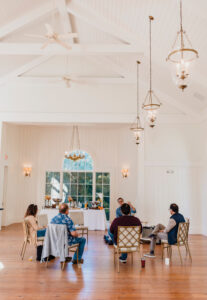
“I’m looking for songs that tell a universal truth,” he said. “Songs about love, songs about loss, songs about nature… Am I any more American because my ancestors came to this country hundreds of years ago than Falguni who came here herself? Music is a safe space to ask those questions.”
These were the questions considered at the workshop, as he and a handful of aspiring songwriters came together over these ancestral songs to craft their own message of love, loss and nature. Feeling both timeless and new, universal yet personal, the song they crafted was, appropriately enough, titled “American Mongrel.”
And it speaks to the spirit Clay Ross brings to his music. He is a disciple of an art form that existed long before him, and will continue to inform the musicians of tomorrow long after he’s gone. In the meantime, he remains its humble steward.
The Palmetto Bluff Arts Initiative’s Artist in Residence program brings world-class artists and talent to the community. Through workshops, classes, concerts, and demonstrations, visiting artists provide hands-on education and foster a dialogue about art, nature, and connection.

The golden glow of the marshes, the crisp air, and the sense of calm after a busy summer season all make this time of year unforgettable. Whether you’re enjoying the Bluff or exploring the wider coastal region, here are 5 reasons why fall is when the Lowcountr...
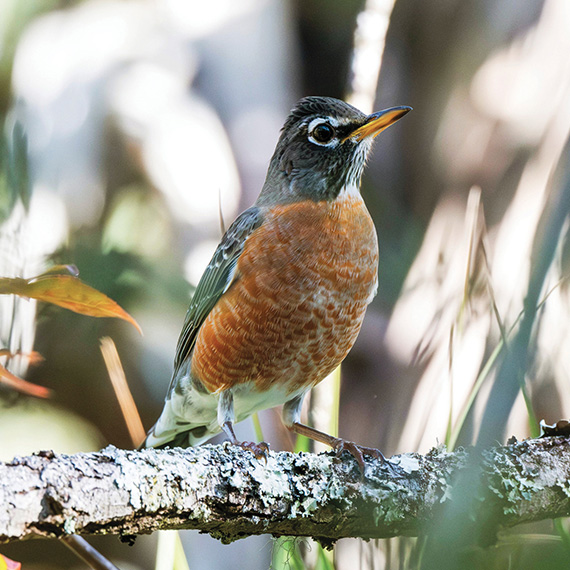
Here in the Lowcountry, the Conservancy brings FeederWatch to life with guided sessions at the Conservancy’s bird feeders. Education and Outreach Manager Aaron Palmieri leads these gatherings, teaching attendees how to identify wintering species, choose the ri...
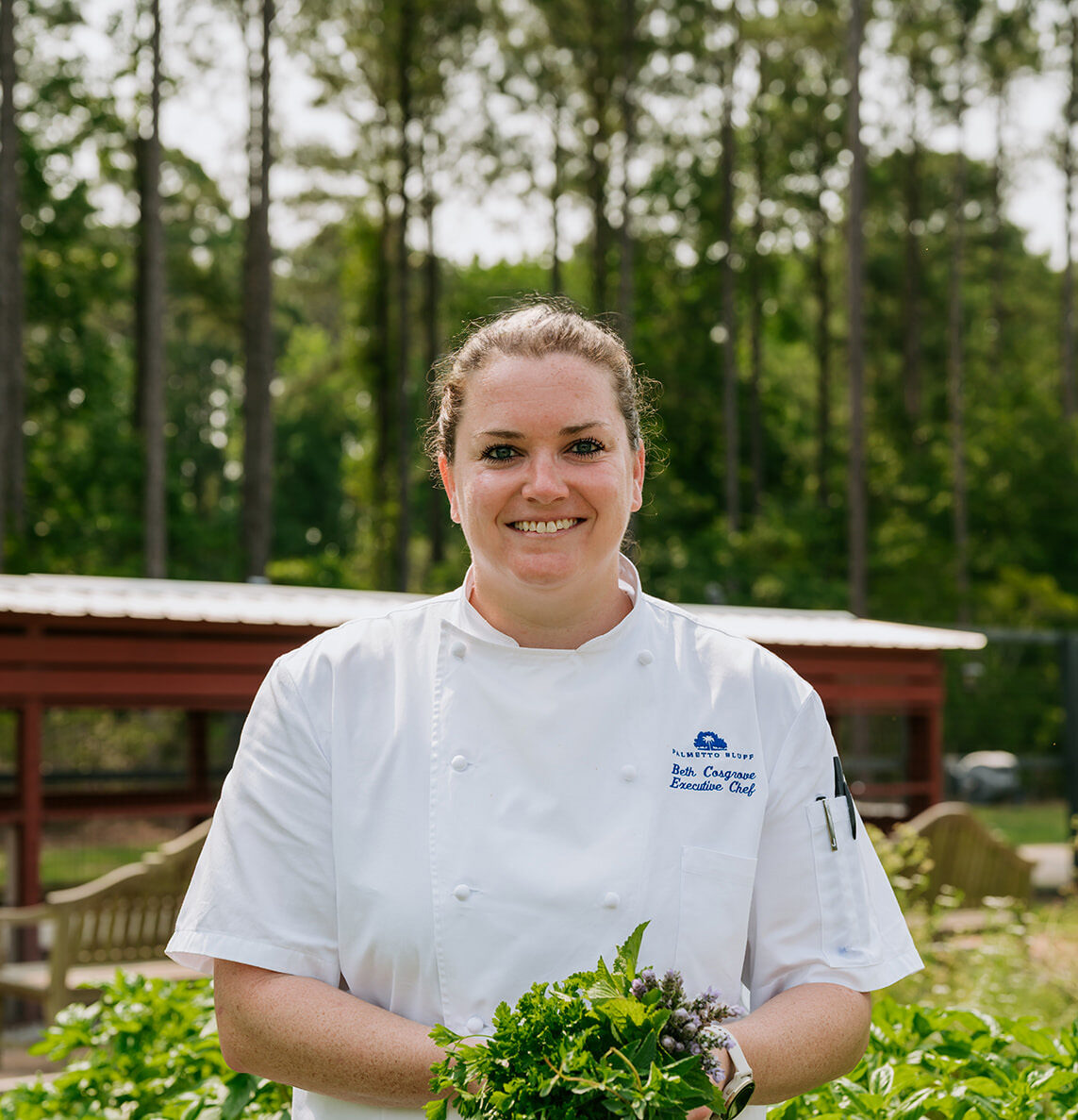
Ingredients 2 cups cooked sea island red peas, crushed with a fork 1 recipe of pimiento cheese dip (recipe below), room temperature 2 cups crème fraiche 1 cup fire-roasted bell peppers, sliced into strips 1.5 cups grilled corn, husked an...
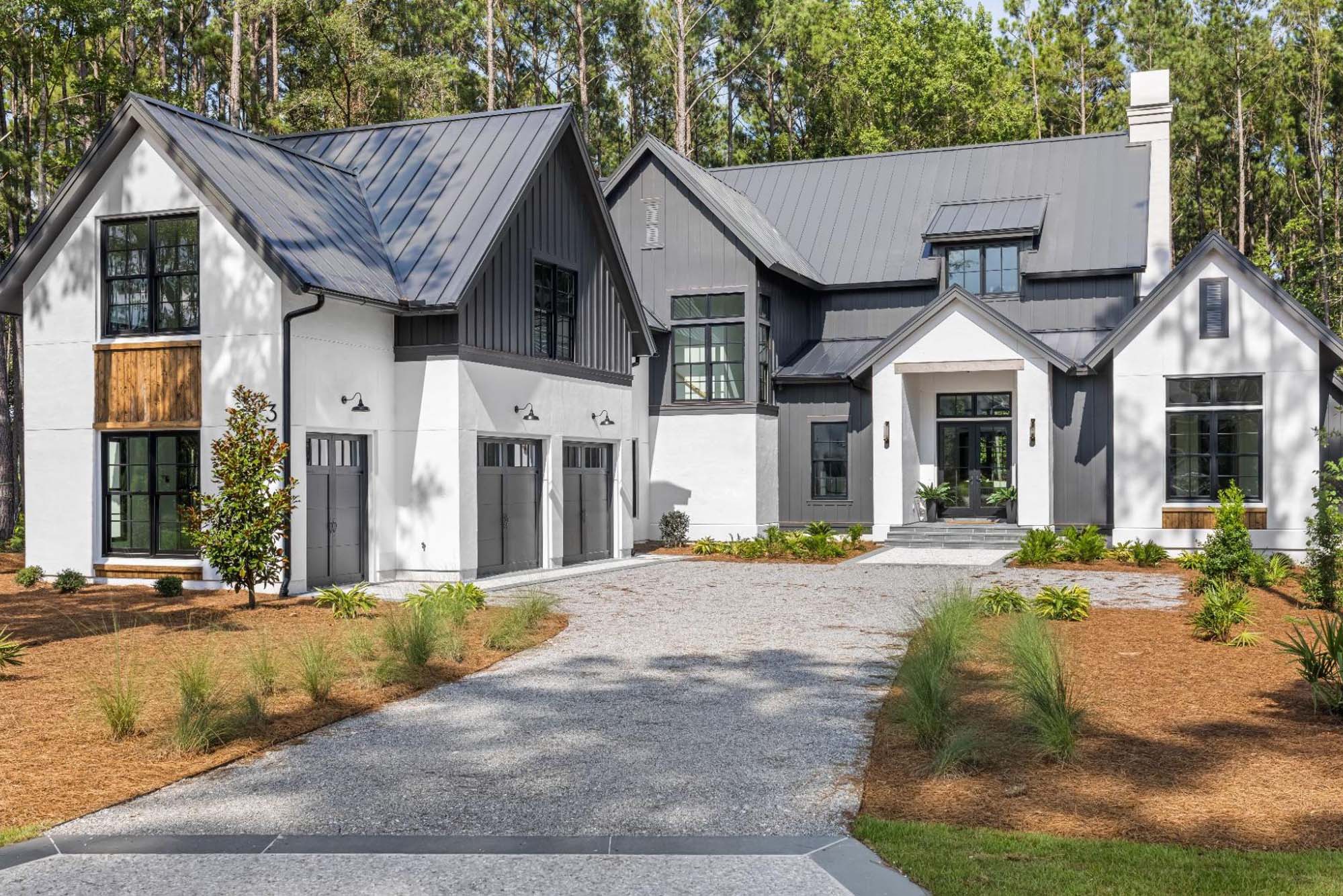
At Palmetto Bluff, newly built homes are more than residences—they are carefully crafted retreats offering the best of Lowcountry living. Palmetto Bluff Real Estate Co. Agent, Amanda Cutrer, shares the benefits of buying “new” in the Bluff. Builder Support ...

Visionary land planner Mark Permar reflects on Palmetto Bluff's rich history and its enduring connection to the land. With Anson on the horizon, the legacy of designing with nature lives on.How did you first get involved with Palmetto Bluff? I believe it was ...

Explore Available Listings with Room For the Whole Family At Palmetto Bluff, life moves at the pace of the tides; slow enough to savor, yet rich with moments worth sharing. And when it comes to welcoming the people you love most, the right home makes all the ...
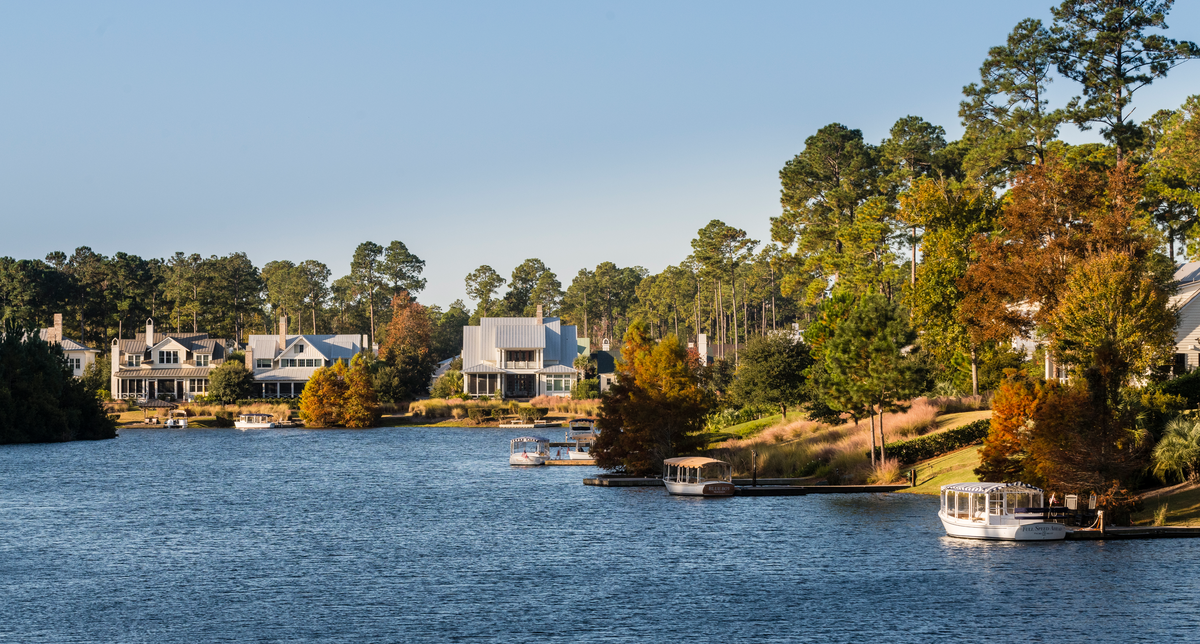
Real Estate in Bluffton, SC: Trends, Updates, and Insights The first half of 2025 has been nothing short of remarkable for Palmetto Bluff Real Estate Company, with sales volume, transaction count, and market share setting a strong pace for the year ahead. As ...

Enhancing Coastal Living With Lowcountry Landscaping Trends The Lowcountry lies along the southeastern coast of the United States, a region known for its breathtaking landscapes, rich history, and unique culture. From the charming streets of Charleston to the...
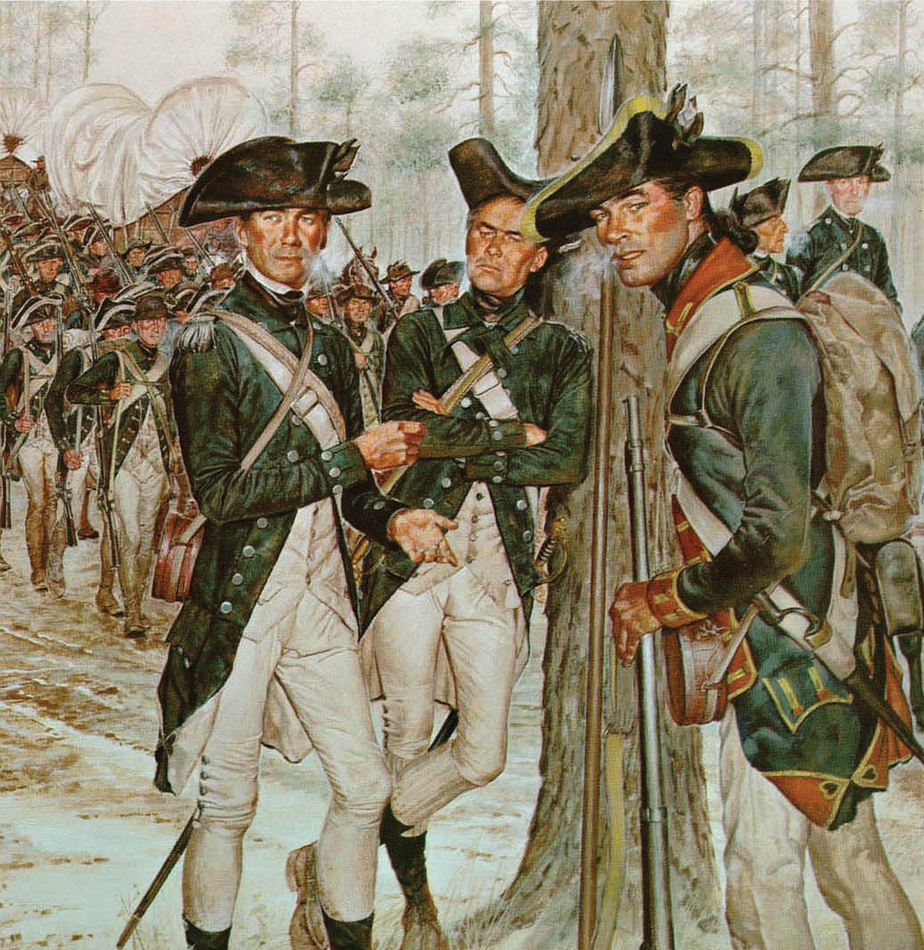
By Katie Epps, Palmetto Bluff Archaeologist Standing on the bluff that rises above the May River, gaze across the vast expanse of marsh and sky. This is a landscape virtually untouched by time. Imagine this vista in the eighteenth century, in the throes ...

The school year has officially begun, and the sound of school buses can be heard throughout the Lowcountry. As is true for much of South Carolina, Bluffton and the surrounding areas have experienced exceptional growth over the past 10 years, and so have the op...
We do not attempt to independently verify the currency, completeness, accuracy or authenticity of the data contained herein. All area measurements and calculations are approximate and should be independently verified. Data may be subject to transcription and transmission errors. Accordingly, the data is provided on an “as is” “as available” basis only and may not reflect all real estate activity in the market”. © [2023] REsides, Inc. All rights reserved. Certain information contained herein is derived from information, which is the licensed property of, and copyrighted by, REsides, Inc.